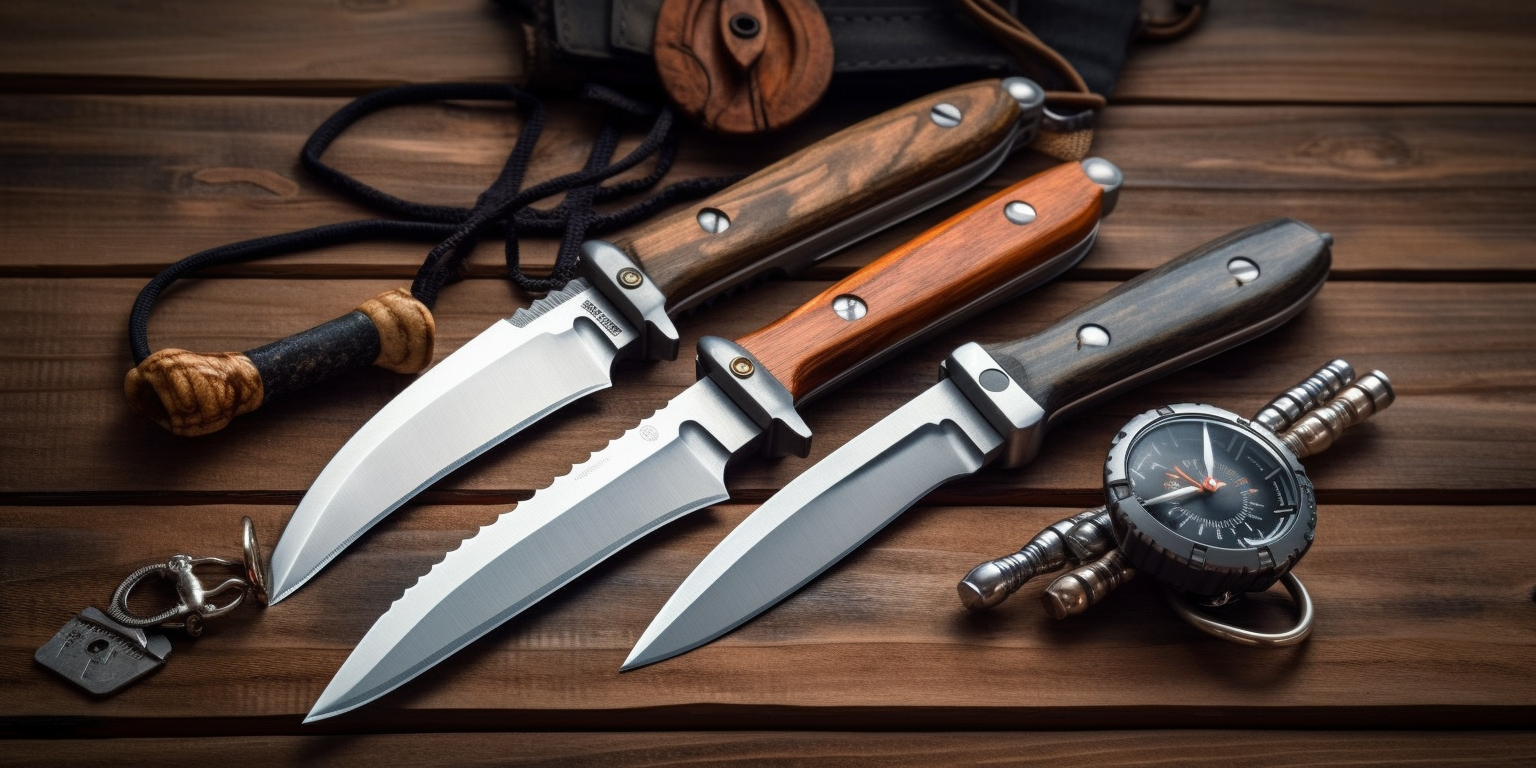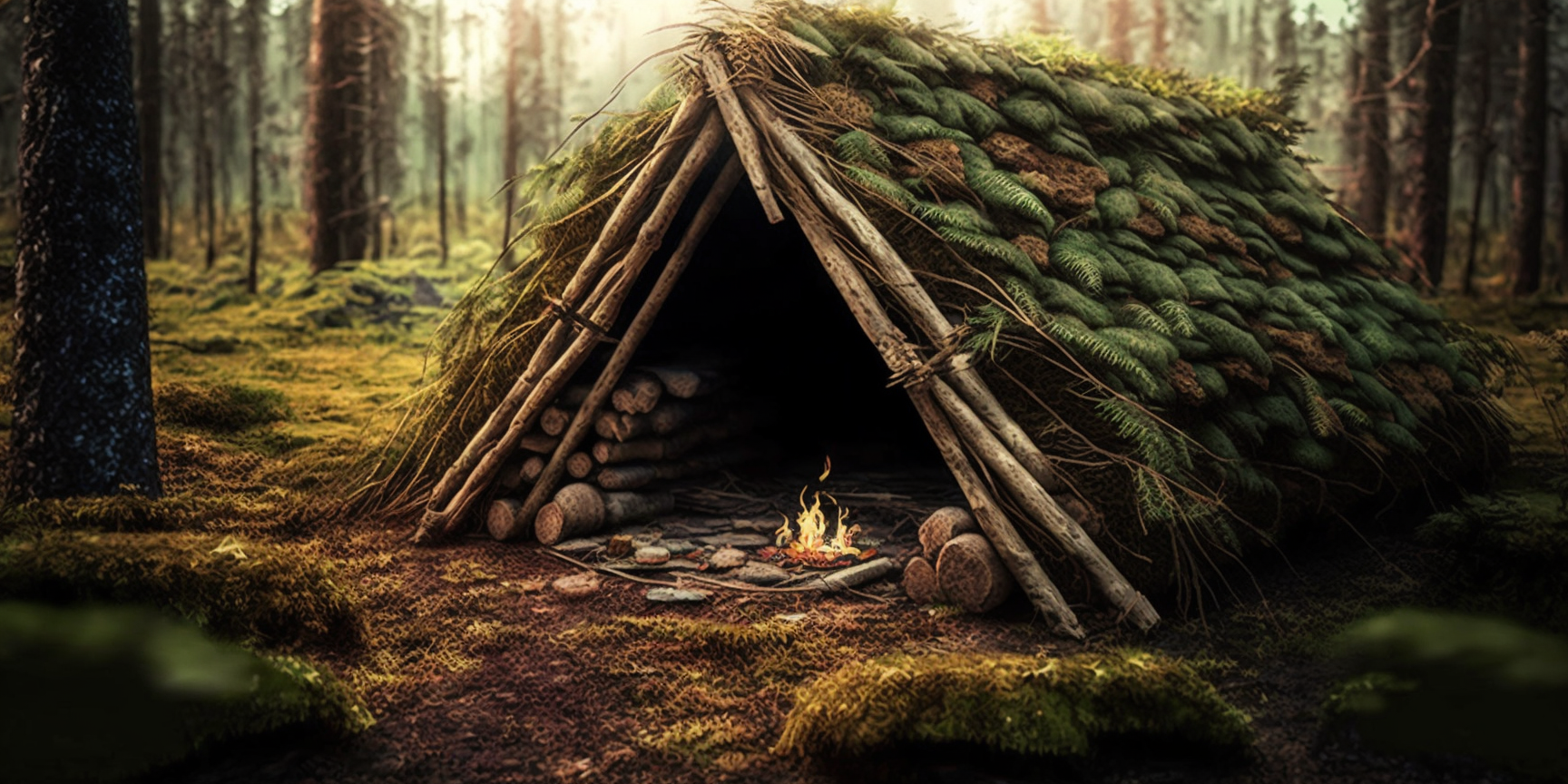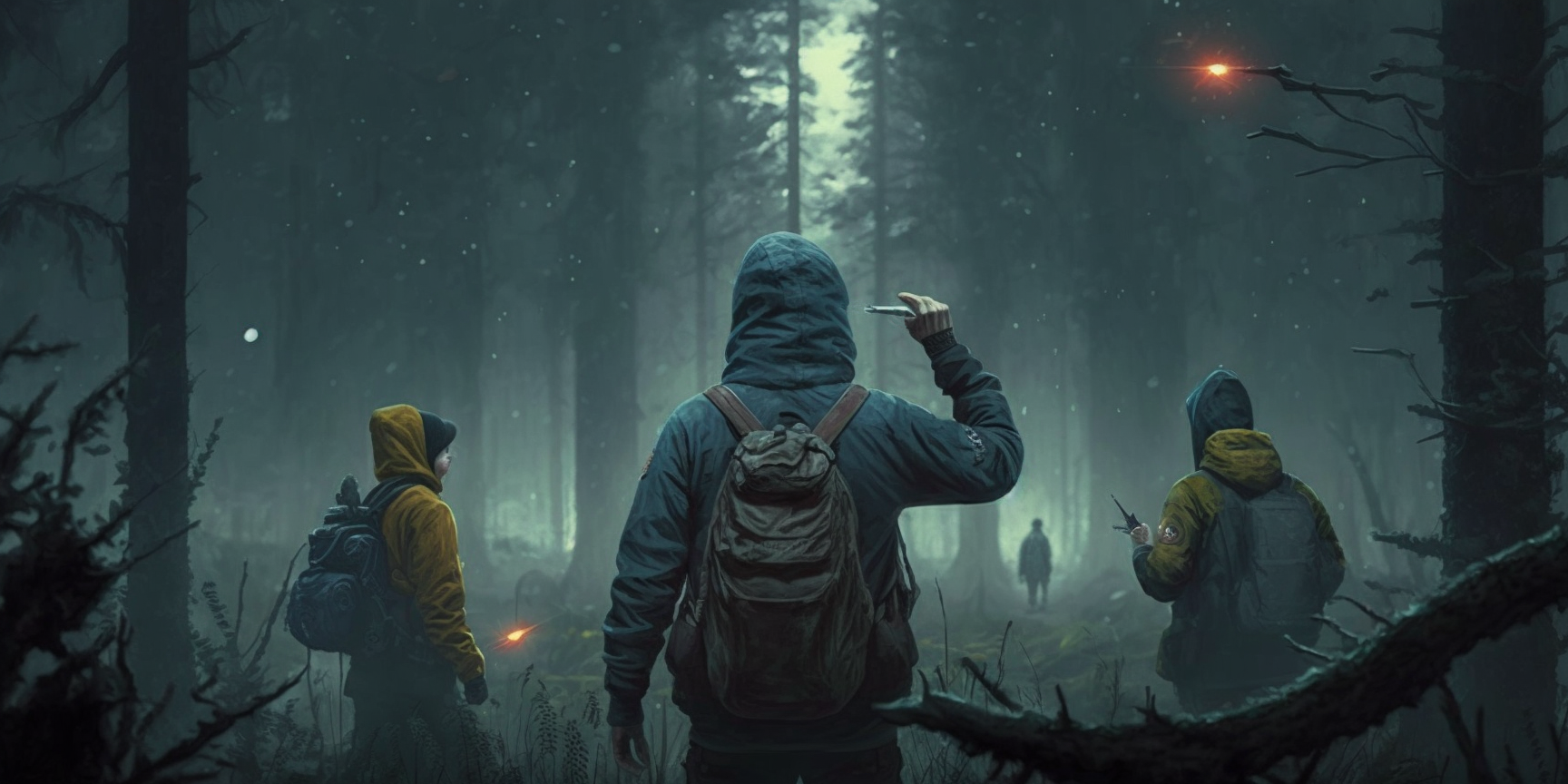
How to Store Emergency Water for Long-Term Survival
How to Store Emergency Water for Long-Term Survival
In emergency situations, access to clean and safe drinking water can be limited. That's why it's essential to have an emergency water supply that meets your needs. In this article, we will discuss the importance of water for emergency preparedness, how much water to store, choosing the right containers for storing water, water treatment methods, how to store emergency water in your home, maintaining and replacing emergency water supplies, and using emergency water safely and effectively.
The Importance of Water for Emergency Preparedness
Water is the most essential element for survival. According to the NHS, a person can only survive for three to five days without water. That's why having an emergency water supply is crucial for emergency preparedness.
In addition, access to clean and safe drinking water can be limited during emergencies. Natural disasters such as floods or earthquakes can disrupt water supplies, and contamination can occur. Having an emergency water supply can ensure that you have access to safe and clean drinking water during emergencies.
How Much Water to Store for Emergencies
The average person in the UK uses around 150 litres of water per day, however this is far in excess of what an individual can operate with in the event of water scarcity. According to the NHS, a person needs at least 2 litres of water per day for drinking and hygiene purposes. That means a family of four would need to store at least 24 litres of water for a three-day emergency supply. However, it's recommended to store at least a two-week supply of water in case of extended emergencies, which equates to 112 litres in total.
Choosing the Right Containers for Storing Water
When storing emergency water, it's important to choose the right containers. Containers should be made of food-grade materials that are BPA-free and won't leach harmful chemicals into the water.
Some recommended containers for storing water include:
- Plastic water storage containers
- Glass bottles
- Stainless steel water bottles
- Water storage bags
Water Treatment Methods for Emergency Water
Emergency water may not be safe to drink without treatment. There are several water treatment methods that can be used to make emergency water safe for drinking. Some of these methods include:
- Boiling: Boiling water for at least one minute can kill harmful bacteria and viruses.
- Chlorine bleach: Adding 8 drops of unscented chlorine bleach to one gallon of water can kill harmful bacteria and viruses.
- Water filtration: Using a water filtration system can remove harmful contaminants from water.
How to Store Emergency Water in Your Home
When storing emergency water in your home, it's important to choose a cool, dark, and dry location away from direct sunlight. Sunlight and heat can cause water to degrade and promote bacterial growth.
It's also important to rotate your water supply regularly and check expiration dates to ensure that your water is safe to drink. In addition, keep a manual can opener on hand in case of power outages.
Maintaining and Replacing Emergency Water Supplies
Maintaining and replacing emergency water supplies is essential for ensuring that your water is safe to drink. It's recommended to replace stored water every six months to ensure freshness. It's also important to monitor your water supply regularly for signs of contamination or damage.
Using Emergency Water Safely and Effectively
Using emergency water safely and effectively is essential for ensuring that you stay healthy during emergencies. It's important to use safe water treatment methods, such as boiling or chlorine bleach, before drinking emergency water. In addition, use water sparingly and avoid wasting it.
Conclusion: Prioritizing Water for Emergency Preparedness
Having an emergency water supply that meets your needs is essential for emergency preparedness. Water is the most essential element for survival, and access to clean and safe drinking water can be limited during emergencies. By planning ahead and choosing the right containers, you can ensure that you have access to safe and clean drinking water during emergencies. Remember to maintain and replace your emergency water supplies regularly, and use water safely and effectively during emergencies.
Suggested Articles
50 Survival Knives: A Comparison Table
There are many different survival knives available, with different attributes, advantages, limitations and price poin...
Building a Shelter
When out hiking in the UK, unexpected changes in weather conditions can occur, making it important to be prepared wit...
How to Signal for Help - an Essential Survival Skill
In a survival situation, signalling for help can be a critical skill that can increase your chances of being rescued....




